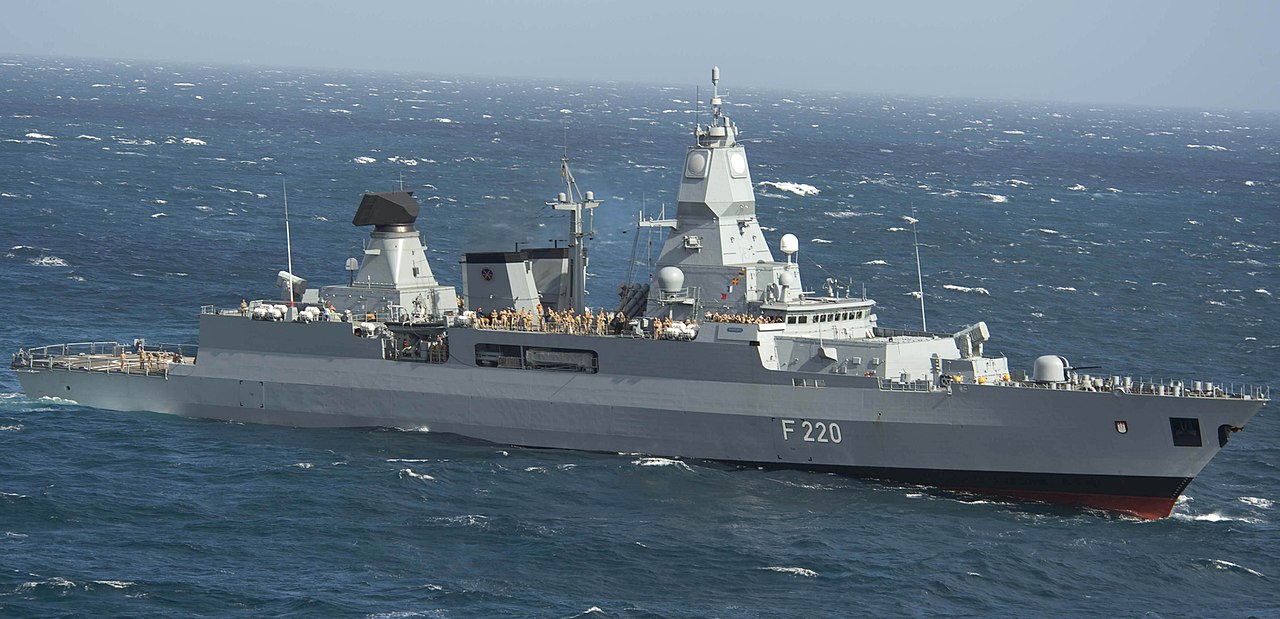BoQ77
BANNED

- Joined
- Jul 29, 2012
- Messages
- 8,704
- Reaction score
- 0
- Country
- Location
It's still the same gulf, same ships and same missiles anyways. It's not different war, continuation of Iraqis war.
Put aside the battleship near hit case, the US carrier almost hit by exocet was hottest topic at that time when the news was spreaded by US and British sailors. The Brits just can't stop bragging how good they were in shooting down the exocet when it got within visual range of less than 10 miles away while Americans began to panic. British often bragged they are smarter and better.
Basically, any aircraft that is upgraded to carry advanced long range anti~ship missile would pose serious threat to even latest aegis ship.
If an su22 could carry 4 such missiles and there are 6 attack aircrafts altogether launching 24x fire and forget advanced anti~ship missiles at 1 or 2 aegis destroyers, the destroyers are at great risk. The su22s would have to fly at high altitude in order to launch the missiles at maximum effective range and quickly turn around to get out of long range hq6 SAMs range.
It depends on the ships ability to shoot all the missiles and jam/spoof missiles without mistake. A ship is always a large target. In most situation, ships would rely on fighter support for protection engaging enemy aircrafts before they get within anti-ship missile range.
I said attackers should fly close to sea water level to hide from radar tracking into attack phase when they climbing up with or without electronic stealth mode and launch the missiles toward the destroyer, then they should dive to above sea water level.
by doing that attackers could approach the destroyer as close as 40-50km and leave very short time for the defender to react.













